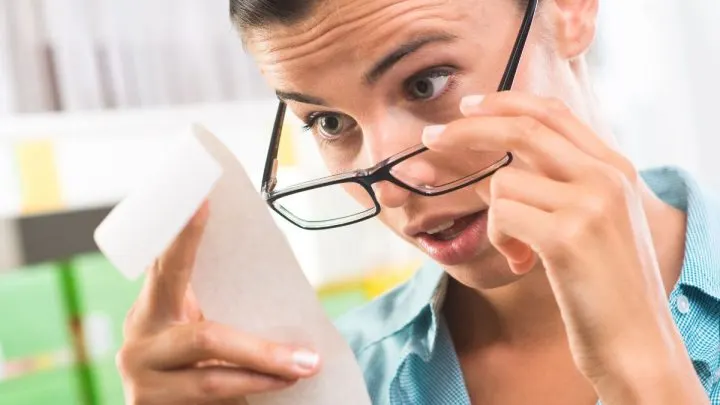Hello, darlings! Today’s article will be anything but boring! Like the others, we hope. Today we will talk about the 9 most expensive house plants.
Of course, there are other plants with a similar price, but we still chose the ones that look the most beautiful, and the ones that, despite their price, people love and keep buying.
If you are a plant lover and have a few hundred extras, stay with us, maybe you too can adopt one of the plants below into your home.
I hope the coffee is ready, let’s get started.
Learn All About Expensive Plants (Rare Plants) For Your Home

As I’ve said before, these 9 plants aren’t the only most expensive house plants. Some other flowers and plants cost a lot. Such as alocasia azlanii, Chelsea flower, variegated philodendron billietiae, tulip bulb, and many others. All of these are three-figure price plants.
No matter what plant type you like, ones with bright white veins, leaves split, deep green leaves, you can find one for yourself. Also, you can take a look at the most expensive trees.
Popular auction site trade and Chelsea flower show are offering beautiful flowers examples to see and later on, to buy.
You can always check some plant influencers as well and see what they say about these plants too. Without further thought, let’s start. Let’s see what extremely rare and expensive plants could be plants in our home. Let us present to you our top 9 most expensive house plants!
1. Fiddle Leaf Fig
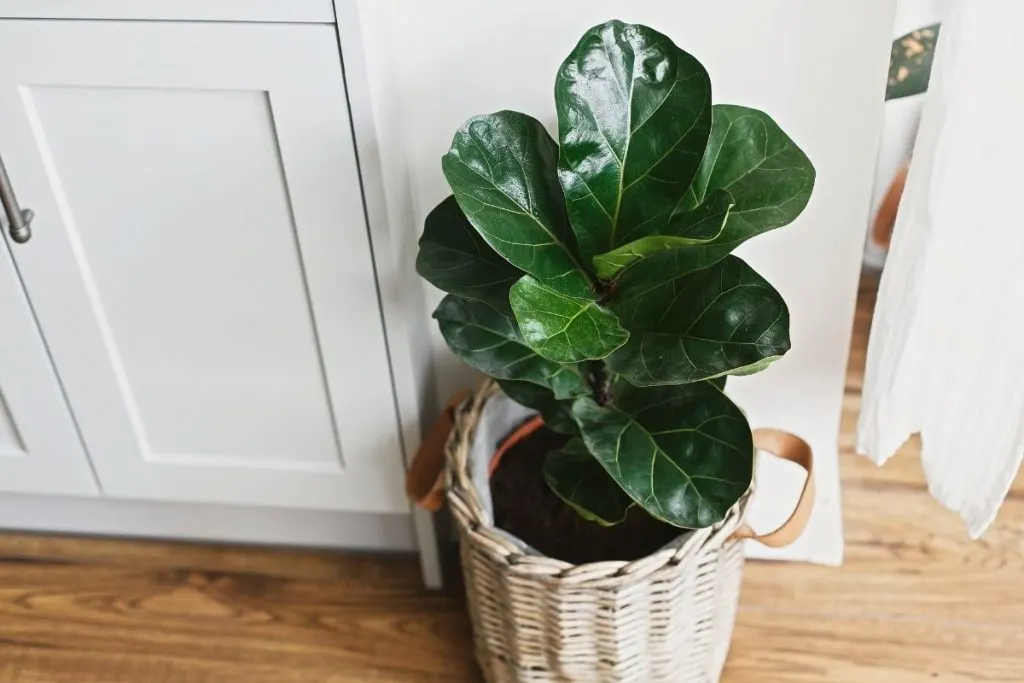
The fiddle-leaf fig (Ficus lyrata) is a popular indoor tree with very large leaves and deep, glossy violin-shaped roots that grow upright on thin stems. And this is also one of the ficus plant types.
Fiddle figs are ideal as centerpieces of the room when placed in a floor container. These plants can cost up to 400$. It’s one of the expensive flowers.
It grows very fast and, like most gardeners, you can plant it at any time of the year if you intend to grow seedlings indoors.
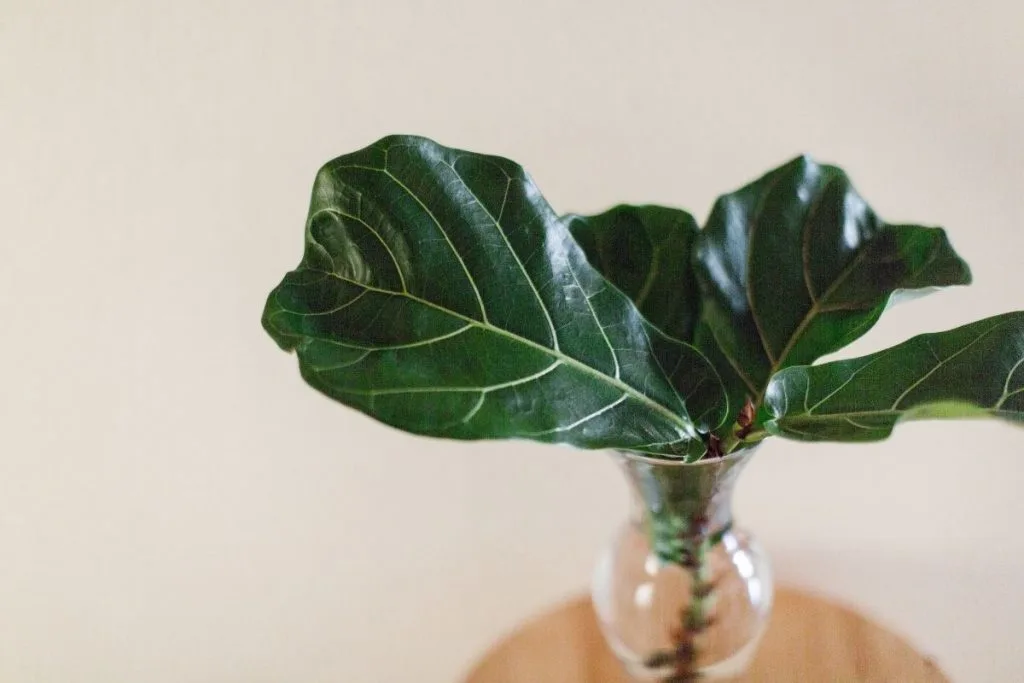
This plant is native to the tropics of Africa and grows in very hot and humid environments. This makes it a little difficult for home growers, who find it difficult to reproduce these steam conditions.
However, they are relatively hardy plants that can withstand less than ideal conditions for very long periods.
Wipe the leaves with a damp cloth once every 1-2 weeks. This not only makes the leaves look bright and attractive but also allows more sunlight to reach the leaves for photosynthesis.
You can also immediately cut damaged or dead leaves, as the plant will no longer benefit. But what when the fiddle leaf fig leaves are drooping?
2. Philodendron Pink Princess
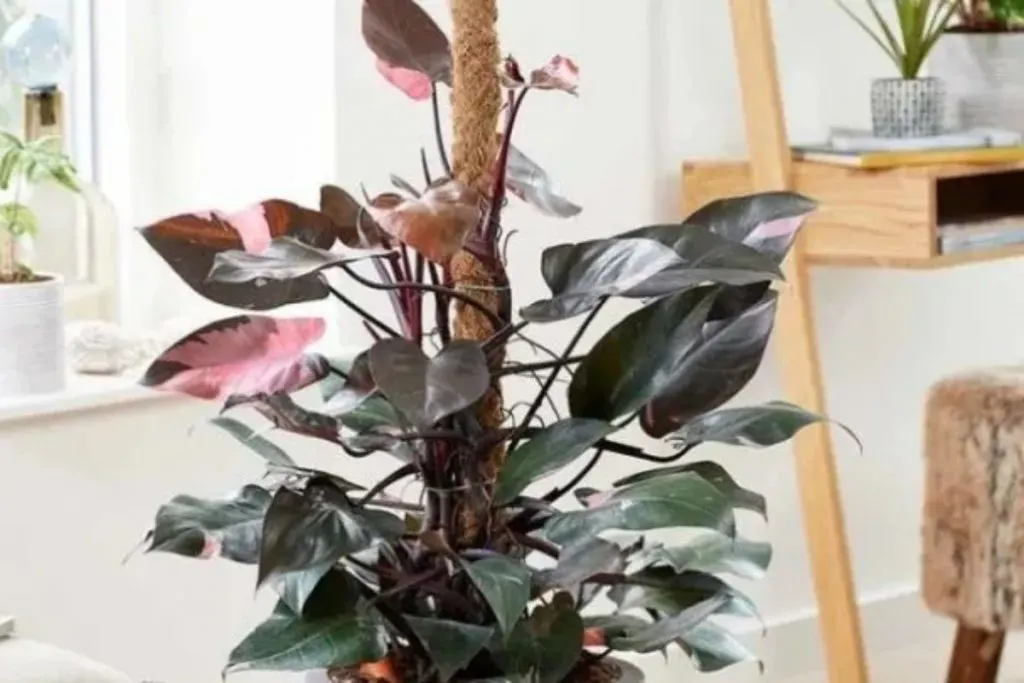
The beautiful and popular Pink Princess Philodendron (Philodendron erubescens) has good reason to be at the top of the wish lists of many botanical collectors.
With dark green heart-shaped leaves with a hint of pink gum, Philodendron Pink Princess is truly unique in the plant world. If you look at its price tag in a shop it will usually show from 100-200$.
It is easily confused with Philodendron Congo Pink. The color Queen Pink is permanent because it is the result of a natural process, while the color Congo Pink is usually the result of a chemical injection into the leaves that turns them back to green a few months after purchase.
Originally from Colombia, the pink queen philodendron is a tropical aroid from the Araceae family. Despite its high price, this colorful plant is very easy to care for.
That being said, there are a few important things to keep in mind to maximize leaf diversity. When the philodendron pink princess blooms, the bush is insignificant compared to the leaves of the plant and rarely blooms at home. Unlike fiddle leaf fig, this is a small plant for your home.
3. Swiss Cheese Plant (Variegated Monstera Plants)
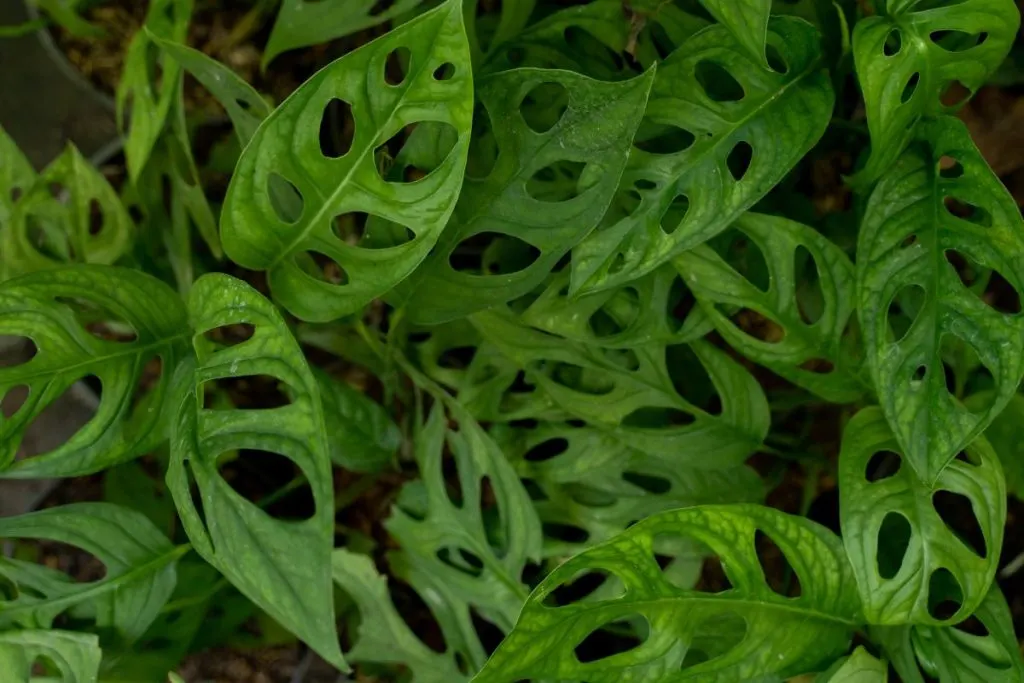
The Swiss cheese plant (Monstera adansonii) gets its common name from the large heart-shaped leaves that grow as the plant ages (in a process called the spear). This makes the leaves look like Swiss cheese. This mini monstera costs from 30 to 60 $.
Originally from Central and South America, the Swiss cheese plant is a tropical perennial that is commonly grown as a houseplant. Like its cousin Monstera deliciosa (also known as the Swiss Cheese Factory), Monstera adansonii has fast growth rates and vine-like habits. However, it maintains an easy-to-manage size when grown indoors in a container.
Swiss cheese plants grown as houseplants are usually grown in young nurseries and can be grown at any time. All parts of the monstera plant are toxic to pets, so be careful when growing indoors. It has beautiful paper-thin leaves.
The Swiss cheese factory likes to climb. The plants have aerial roots that grow under the stem and are either on the ground or on usable support. In the wild, they use these roots to lean on neighboring trees or woody vines.
4. Other Most Expensive House Plants Monstera Plants
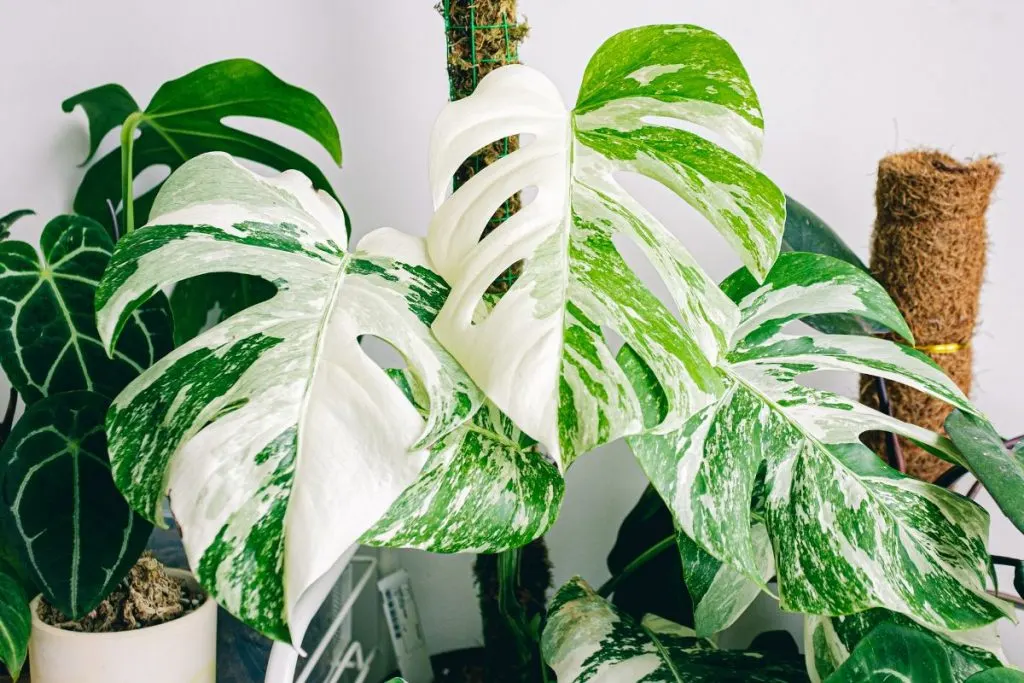
Many monstera plants are expensive plants. In this section, we include monstera obliqua plant, monstera deliciosa albo variegata, half-moon monstera, common monstera adansonii, monstera egregia, monstera juliusi, and similar variegated leaves.
These plants are adored by true plant lovers and plant collectors. When they go for a new plant, monstera is usually one of them (most of the time).
Monstera plants can also be a rare plants. But if you’re a true plant lover that wants it as their indoor plants you’ll find a way. Rare plant collectors find some varieties, but they do. It’s the established plant now.
These bright green plant babies are a true “must” for a plant community. These plants selling are still crazy no matter what their price is. Expensive plants, but also variegated plants that collectors go for.
5. Most Expensive House Plants Bonsai Trees
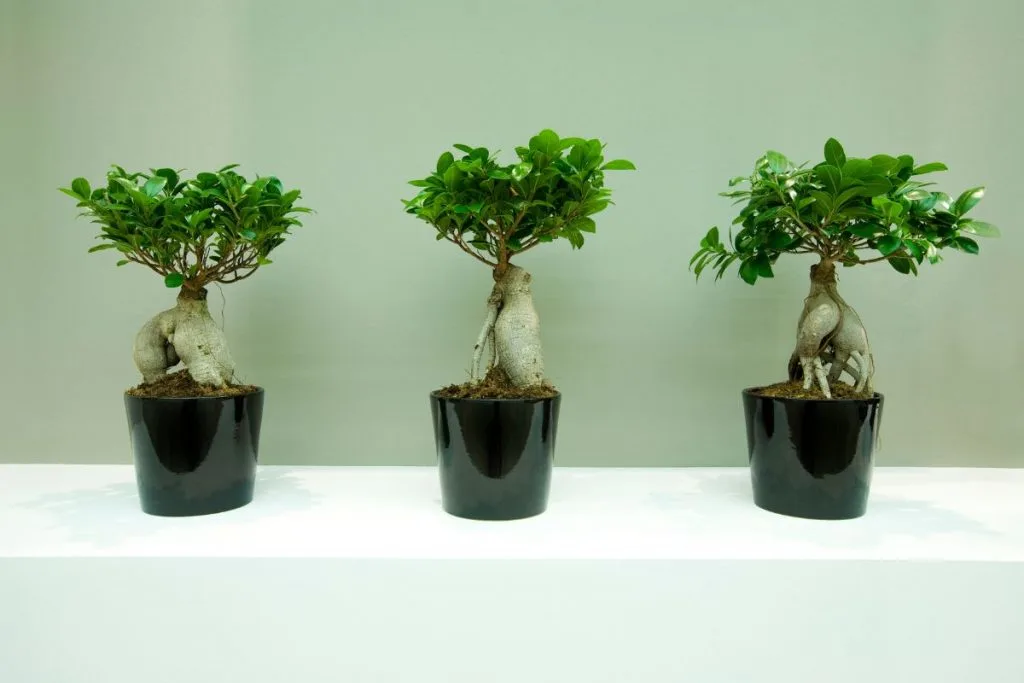
A bonsai tree is an ancient Japanese art of cultivating miniature decorative or artificial dwarf trees in containers using cultivation techniques to mimic the shape and scale of large trees.
You can buy them for 100$, but also, you can visit the international bonsai convention and over there, bonsai is an expensive plant that can cost up to 5.000$. That goes for mature plants of course. You can read more about the most expensive bonsai tree here. And also on the topic of how long does a bonsai tree takes to grow.
Although pine is one of the most common types of trees used for bonsai worldwide, it is preferred primarily by bonsai enthusiasts because it is not a very good choice for beginners. Because pines come in a variety of shapes, sizes, and colors, pine bonsai can be successfully incorporated into known bonsai styles.
Juniper is a very popular choice for bonsai due to its light care and beautiful leaves. Originally from Europe, Asia, and North America, junipers have a dense natural habit, making them ideal for bonsai cultivation techniques. They have evergreen needle-shaped leaves, ranging from dark green to steel blue.
The Japanese maple is one of the most beautiful bonsai trees and is known for its gorgeous foliage and ease of care. This dense tree provides a normal growth habit that slows down with age. The broad crown of fire has multilayered branches with palmate leaves.
The beautiful flowers and delicate cherry leaves make it popular with bonsai lovers and hobby growers. Although the cherry is technically native to China, the flower has become a symbol of Japan and the cherry is believed to symbolize friendship. I guess we can conclude that it’s one of the expensive houseplants.
6. Shenzhen Nongke Orchid
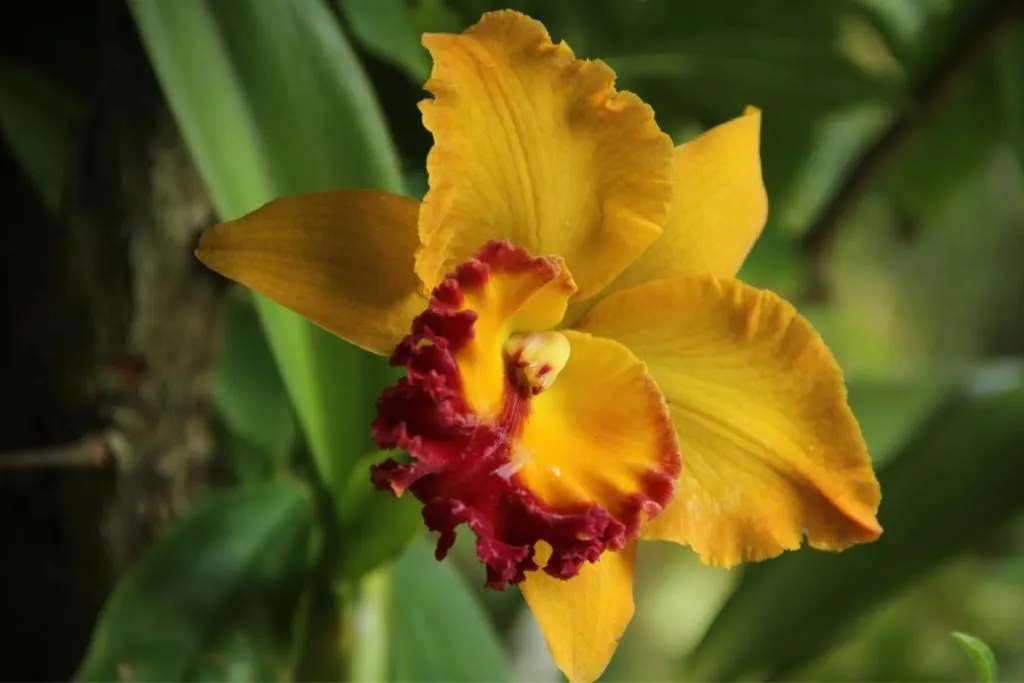
The Shenzhen Nongke orchid is a 100% artificial orchid, or rather, the result of 8 years of non-stop research in the laboratory by scientists to grow this flower.
Plant lovers are now more patient when growing orchids. Flowering can take many years. After all, this amazing flower captures the five senses with a specific scent, but few people inhale it because the plant is so rare.
This lovely plant was auctioned for up to $ 20,000.
7. Miniature White Pine Tree
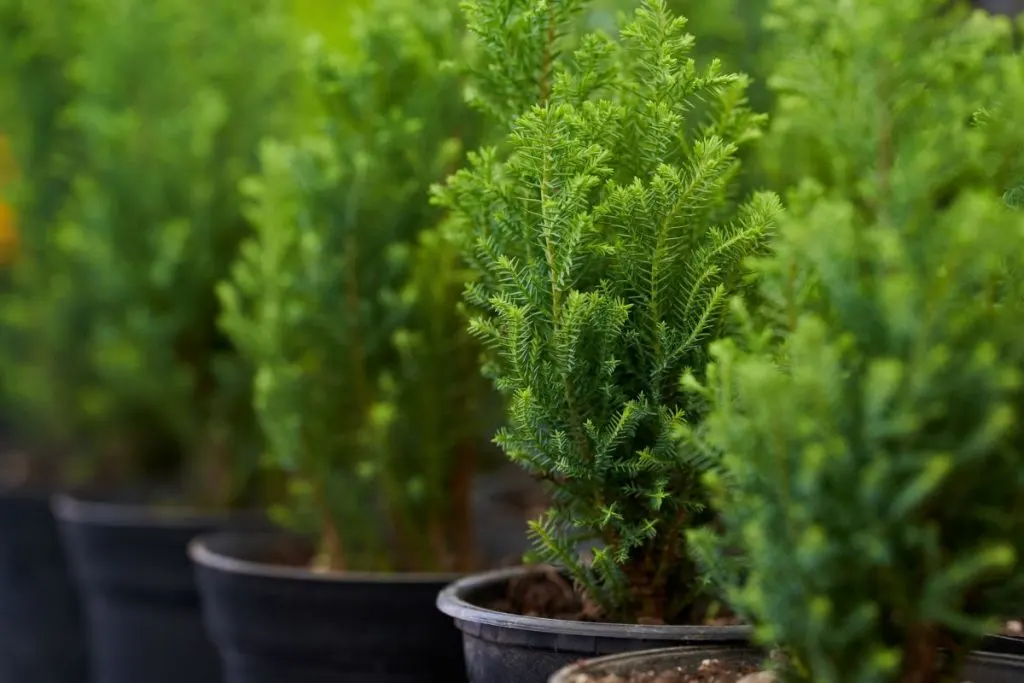
The miniature white pine (Pinus pendula), later a variant of the eastern white pine, is not to everyone’s taste. This tree has a unique twisted shape, spruce branches, and beautiful turquoise needles.
The small, slow-growing, irregular shape makes it an interesting specimen tree in the center of your garden lawn. Its price is usually around 200-400$.
It should be taught to form a central body. Otherwise, there would be no such vertical formations that growl pleasantly. Instead, it gets a very messy, massive, bushy look. No matter how many cuts and cuts you cut, no two patterns are identical.
As the plant ages, the twisted and fallen branches can reach the ground and serve as digging. The weeping white pine also needs favorable conditions to grow, so it is not necessarily a novice tree.
8. Rare Plant Collectors Have Philodendron Tortum As Well
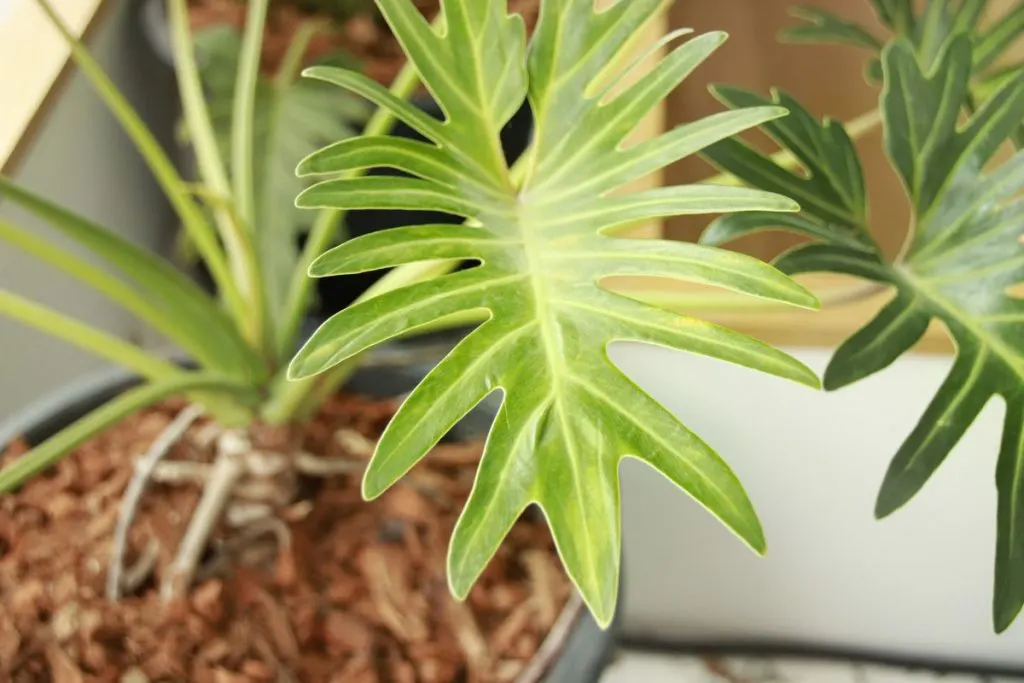
These strains are fairly new players in the world of houseplants and the world of plants. But the situation stormed in. It is a really beautiful species to look at with its thin leaves, resembling a spider’s web.
It has absolutely nothing to do with a real slap, but in appearance, it almost looks like a slap.
In these forests, the plants benefit from limited light and enjoy high humidity, so keep this in mind around the house. You could call this plant Philodendron bipinnatifidum “Tortum” and Philodendron “Polypodioides Tortum”.
Describing this plant does not seem to be correct, because it does not say if it is a subspecies of Philodendron bipinnatifidum or polypodioides! It looks like just Philodendron torture and nothing else.
9. Variegated Philodendron Minima
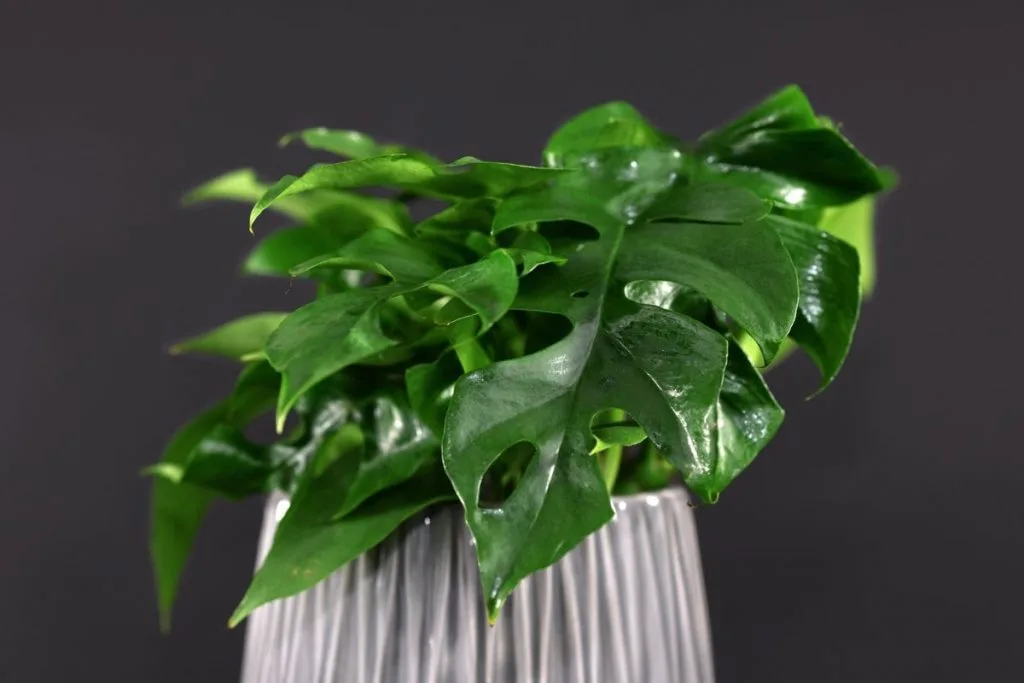
Variegated Philodendron Minima (Rhaphidophora tetrasperma) is another example of an expensive plant for your home. Its price is usually around 300-500$ (for the mature plant).
Their leaves are usually large, green, and shiny, and philodendrons are great for adding a tropical scent to your home. This popular houseplant is known for its easy-to-grow habits and you can choose from two types of philodendrons: creepers and non-climbers.
Grape varieties can grow up to a few meters in height and usually require a supporting structure to climb around a trellis or basket. Those who are not climbers grow upright and make excellent indoor plants in containers.
In general, philodendrons have high growth rates. Philodendrons generally make great houseplants due to their low maintenance properties, but maintaining the right growing conditions is still important to keep the plants healthy.
Take care of your Philodendron by mimicking its natural tropical environment. Provide enough heat and humidity near a sunny window. In the warmer months, place Philodendron houseplants in a shaded area for fresh air and natural light.
Do Houseplant Enthusiasts Pay Thousands Of Dollars For A Plant?
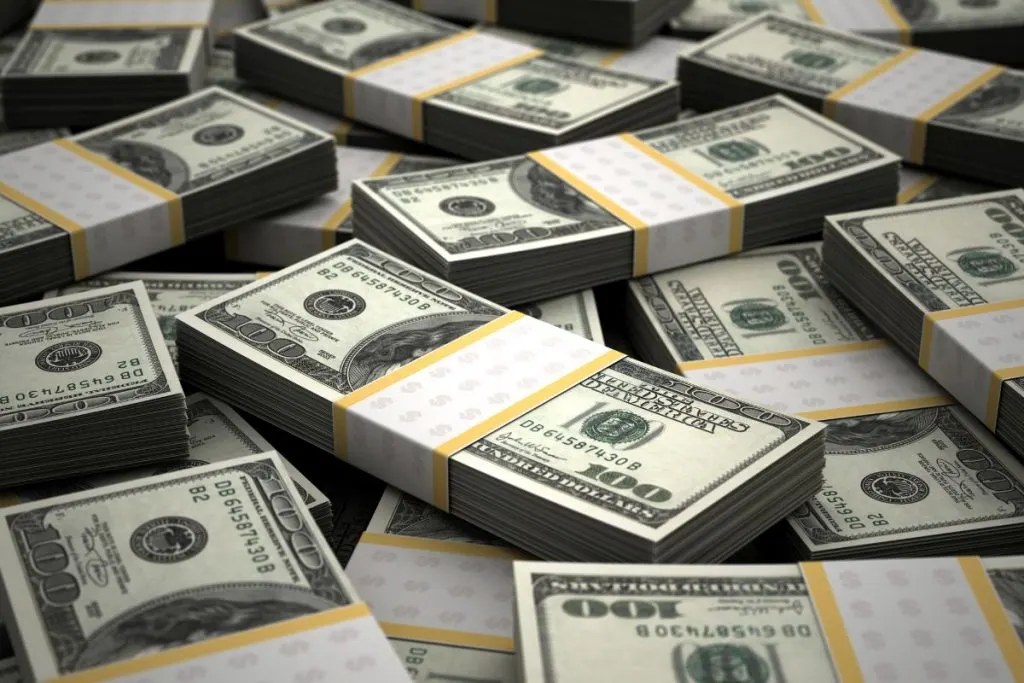
A simple answer to this question would be: oh yes!
Bonsai trees and unique orchid trees are usually the most expensive plants. These trees and flowers are sold for 10.00$, 50.000, and you won’t believe this, but even a million.
Plants enthusiasts with money, of course, will most likely pay these amounts of money for a nice tree in their home.
Most Expensive House Plants In Conclusion
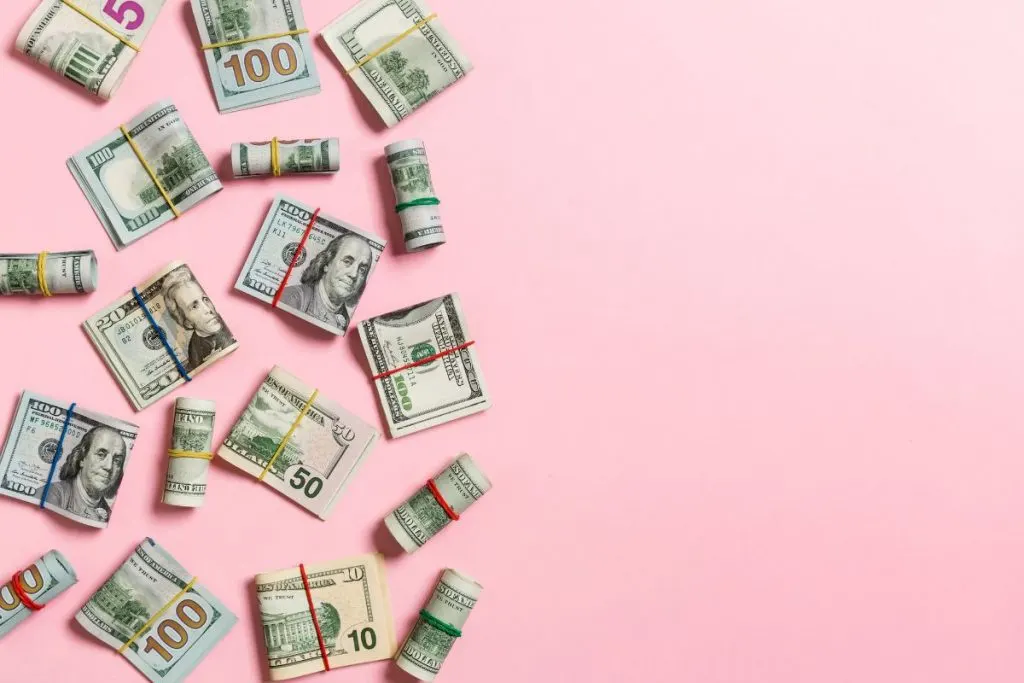
That would be all for today my dears!
I hope this article was useful for all of you who are planning to buy a slightly more expensive plant next time.
For those of you who don’t want to spend a lot of money on plants, it must have been interesting to learn something new about them. Let the thought of the purchase remain in reserve.
Until you buy an expensive plant, take care of the ones you have!
Until next time!

